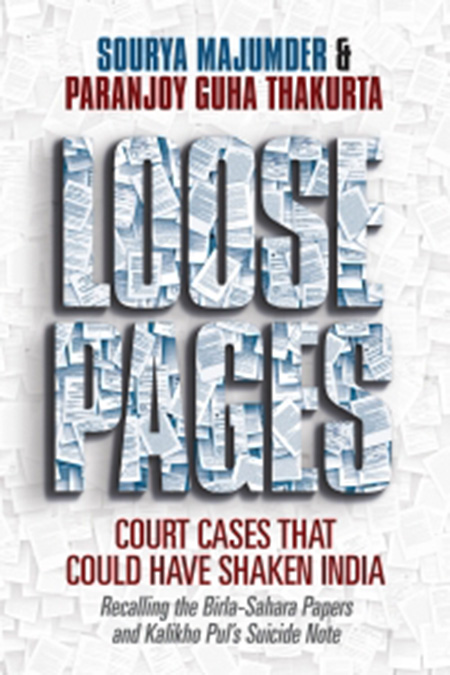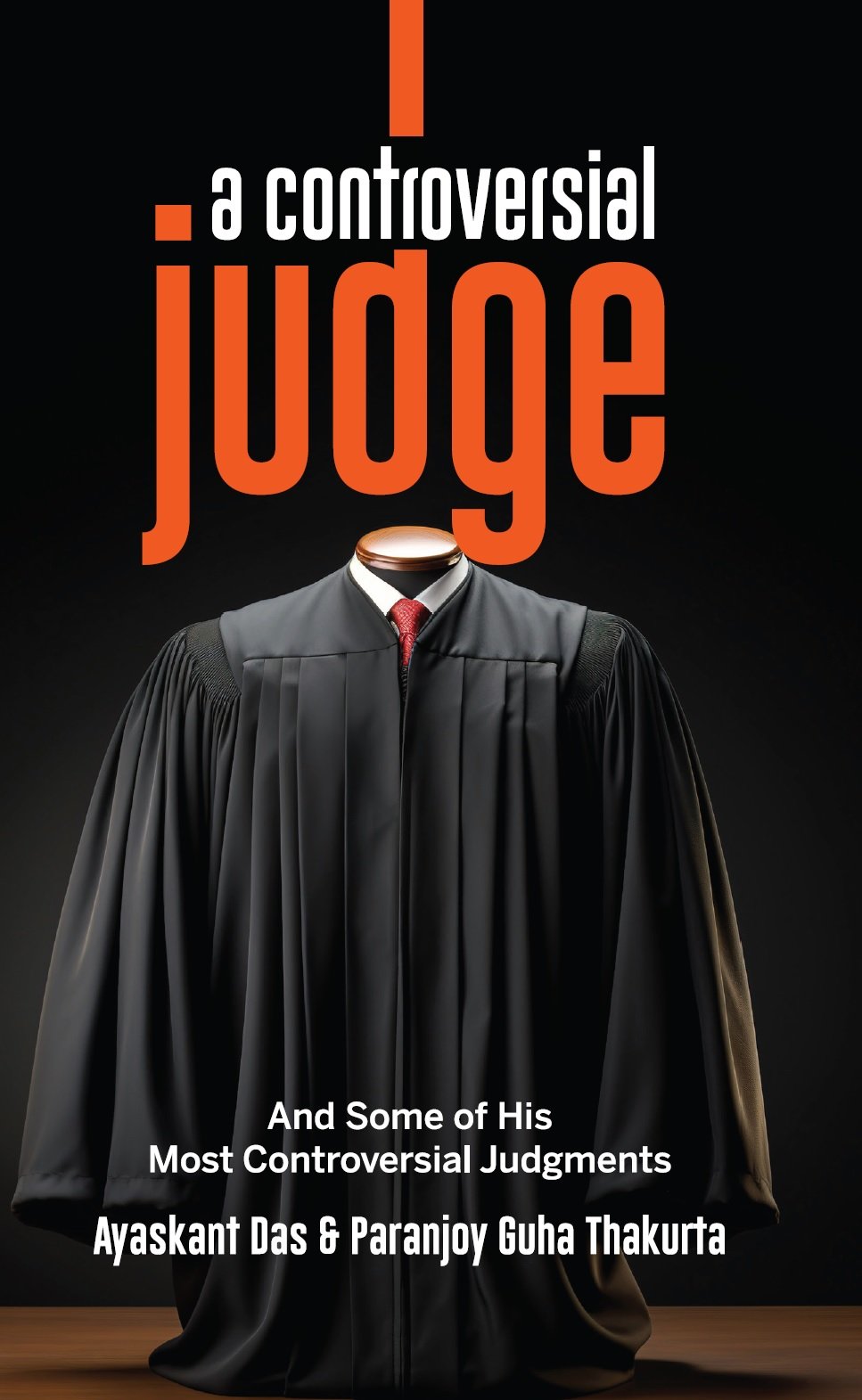WHY IS THE LEFT FRONT COALITION in West Bengal, led by India’s biggest left-of-centre party, the Communist Party of India (Marxist), which runs the longest-surviving state government in the country, staring defeat in the face? Why is Chief Minister Buddhadeb Bhattacharjee, once hailed as the epitome of a pragmatic New Left, appearing like a beleaguered figure straight out of a Shakespearean tragedy, stoically awaiting the coup de grace?
The principal opponent of the West Bengal communists, Trinamool Congress chief Mamata Banerjee, is waiting impatiently for the kill. Her gait has a swagger, especially after the recently concluded municipal elections in the state. She knows that it is just a matter of time before the Trinamool Congress is swept to power, with the Congress as its junior partner. She can soon expect to move from New Delhi’s Rail Bhavan—as Union Railways Minister—to a far more spacious room in the Writers’ Building, the red-brick-lined headquarters in Kolkata of the West Bengal government.
Most Marxists seem resigned to their fate. A section is arguing that it may not be a bad idea to hold early elections; that way, the Left Front can cut its losses and hope to regain power in the state in 2015, not 2016. Another section believes that this would be playing into Mamata Banerjee’s hands; she has long been demanding the state government’s dismissal. Many erstwhile sympathisers of the Left Front government are convinced that a regime change is not just desirable but imperative, that the communists must be shaken from their sloth and apathy to weed out the corrupt and the criminal in their midst.
West Bengal is unique among the 28 states in India, being the only state that has voted a communist government to power seven times serially from 1977, the last time being in May 2006. The Left’s political opponents have often claimed that its supporters “scientifically rig” local elections using strong-arm tactics, and that the Left won elections time and again because of an administration and police force loyal to it.
The Left Front has also been greatly aided by divisions in the ranks of its political opponents. The Trinamool Congress itself had broken away from its parent, the Congress, in 1997. A year later, the party aligned with the rightwing Bharatiya Janata Party (BJP), parting ways with it in 2001 and tying up with the Congress—unsuccessfully, as it turned out. It then performed some flip-flops, returning to the BJP and, subsequently, to the Congress. In 2006, the Left Front heaved to power for the seventh time by a bigger majority than before, winning 235 of the 294 seats in the state assembly. It seemed invulnerable.
However, by the time of the 2009 Lok Sabha elections, the anti-Left opposition in West Bengal had solidly united. The Marxists were humiliated; they lost 20 of their 35 Members of Parliament (MPs) in the Lok Sabha, and their vote share fell from 61 percent to 43 percent. The Trinamool’s MPs shot up from one to 19. That was the beginning of the end of the Left Front in West Bengal. In the next elections in the state on or before April-May 2011, it is certain the Left Front will be voted out of power.
It is intriguing why the strong anti-incumbency sentiments that prevail in every state have been conspicuously absent from West Bengal. The Left Front’s supporters argue that this was largely because of the quality of governance in the state, the government’s land reforms programme and Operation Barga—a scheme to provide land rights to tillers and sharecroppers—which operated through the 1980s. For more than a decade, agricultural productivity in the state increased roughly twice as fast as the all-India average.
But this success story is now over. Farm productivity has plateaud. Jobs in industry and the services sector have not been created fast enough. In programmes such as the National Rural Employment Guarantee Scheme, compared to most other states, West Bengal is languishing at the bottom. And the Maoists have become more powerful.
The reputation of Bhattacharjee, who took over the reins of power from former Chief Minister Jyoti Basu, who headed the West Bengal government for nearly 25 years, is in shreds. He failed miserably to defuse protests against the state government over the forced acquisition of farmland in Nandigram and Singur for the setting up of industrial ventures in late 2006 and early 2007. Tata Motors was set to manufacture the Nano, the world’s cheapest car, from Singur. But, with Mamata Banerjee spearheading the protests against the company, it hurriedly withdrew its plans to set up the factory in the state and relocated to Gujarat.
Nandigram was stormed by more than 4,000 heavily armed police aiming to stamp out protests against the state government’s plans to expropriate 10,000 acres of land for a chemical-manufactory Special Economic Zone to be developed by Indonesia’s Salim Group. The police shot dead at least 14 villagers and wounded 70 more. The Left Front government initially denied full responsibility, but had to later admit its failure to control the situation. An agitation, led by the Trinamool Congress, saw active participation of cadres from the extreme Left Communist Party of India (Maoist), which believes in armed revolution. Large sections of the rural population of West Bengal felt that they had little or nothing to gain from the state government’s failed industrialisation programme.
In November 2008, Maoists attacked a convoy carrying the chief minister in Salboni near Lalgarh in West Medinipur district after he had laid the foundation stone of a steel plant. While he and two Union ministers accompanying him escaped unhurt, the police subsequently brutalised the Lalgarh area trying to catch those responsible for the attack. The Maoists became stronger in the area. In June 2009, federal paramilitary forces laid siege on Lalgarh to ‘liberate’ it. The entire episode reflected poorly on the ability of the state government to effectively govern the state.
Then came what to many (Muslims among them) seemed clinching evidence of communist scraping to capitalists. A young Muslim man died in suspicious circumstances after marrying the daughter of a wealthy Kolkata-based Marwari businessman. He was apparently being pressured to divorce her by senior police officers acting at the behest of the girl’s father and his cohorts. The opaque manner in which the criminal case against the dead man’s tormentors was handled further alienated from the Left the already-estranged Muslim community, which comprises a quarter of the state’s population and is economically underprivileged.
For many decades, the West Bengal government had been accusing the Union government of neglecting the state by, among other things, initiating a policy of ‘freight equalisation’ of coal and steel prices that robbed the eastern region of its advantages of location. The state was once a centre of steel-making and heavy industry, but many large factories have shut down, rendering jobless hundreds of thousands of workers. Since the 1990s, however, with the Indian economy liberalised, complaints of central government discrimination have become less valid. And after the double-whammy fiascos of Singur and Nandigram, the short-term industrial rejuvenation of West Bengal has once again become doubtful.
The state faces problems of separatism in its northern district of Darjeeling and Cooch Behar, and infiltration from Bangladesh is a major political issue in districts like Malda, Murshidabad, Nadia and the North 24-Parganas. What was once the undivided province of Bengal was partitioned twice, first by the British in 1905 and then in 1947 during Partition, when the birth of West Bengal (and of the adjacent Muslim-majority East Bengal) was preceded by a bloody period of Hindu-Muslim rioting and one of the biggest refugee migrations in human history. Another major influx of refugees followed the end in 1971 of East Pakistan and the creation of the independent nation-state of Bangladesh.
Bengalis love their icons—after Rabindranath Tagore, it was Subhas Chandra Bose, Satyajit Ray, Jyoti Basu and Amartya Sen. Another Bengali, Finance Minister Pranab Mukherjee is arguably the second-most powerful person in India at present, after Congress President Sonia Gandhi and Prime Minister Manmohan Singh.
It remains to be seen whether Mamata Banerjee—impulsive, whimsical and unpredictable—will be able to occupy a position in the pantheon of great Bengalis.


